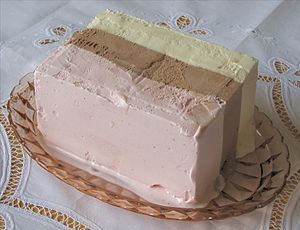 I was asked about the implications for hurricane damage of a paper in Science last week by Kim et al. titled "Impact of Shifting Patterns of Pacific Ocean Warming on North Atlantic Tropical Cyclones". Kim et al. identify two types or flavors of warm ENSO events based on region of the Pacific that is warming (EPW and CPW) and cool ENSO events (EPC). Here is my quick and dirty summary of the damage by flavor:
I was asked about the implications for hurricane damage of a paper in Science last week by Kim et al. titled "Impact of Shifting Patterns of Pacific Ocean Warming on North Atlantic Tropical Cyclones". Kim et al. identify two types or flavors of warm ENSO events based on region of the Pacific that is warming (EPW and CPW) and cool ENSO events (EPC). Here is my quick and dirty summary of the damage by flavor:All data from http://www.icatdamageestimator.com Updated to 2009 values using Pielke et al. 2008. Following Kim et al. designation of ENSO types as follows (1950-2006):
EPW: 1951, '57, '63, '65, '72, '76, '82, '87, '97
CPW: 1969, '91, '94, '02, '04
EPC: 1954, '55, '64, '70, '71, '73, '75, '85, '88, '95, '98, '99
EPW
Average damage: $3.2 billion, std. dev. = $6.3B
Median damage: $0.4B
CPW
Average damage: $5.1 billion, std. dev. = $7.9B
Median damage: $0.8B
EPC
Average damage: $3.3 billion, std. dev. = $5.5B
Median damage: $0.8B
All Years 1950-2006
Average damage: $4.3 billion, std. dev. = $10.8B
Median damage: $0.5B
All Warm Event Years
Average damage: $3.8 billion, std. dev. = $6.4B
Median damage: $0.6B
All Neutral Years
Average damage: $5.0 billion, std. dev. = $14.5B
Median damage: $0.4B
NOTE: CPW average drops to $3.0B without 2004
Bottom line = suggestive that the warm flavors make a difference on damages but more years needed. Also, the analysis based on Kim et al. seems somewhat different than Pielke and Landsea 1999, due to using a different definition of warm and cold events as well as a different time span in the analysis. Perhaps the relationship is non-stationary over time?
For further reading:
Pielke, Jr., R.A., and C.W. Landsea, 1999: La Niña, El Niño, and Atlantic Hurricane Damages in the United States. Bulletin of the American Meteorological Society, 80, 10, 2027-2033. (PDF)